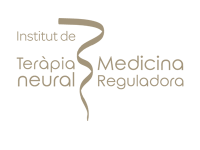
6 Minutes
CONTENTS
We live in a world that pursues perfection. While that pushes us forward to achieve the impossible, it also packs on the pressure to live, look and feel a certain way. One of the ways this negatively impacts society is with unrealistic body standards. Rather than striving to be the healthiest we can be, we often aim for an aesthetic goal. These standards can change the way we see ourselves and manipulative our relationship with food – one of the foundational pillars to life.
According to the National Eating Disorders Association, there are 70 million people living with an eating disorder internationally. These issues affect every demographic, especially affluent individuals. When anyone steps into the spotlight, expectations to look a certain way come with it. It is important to know that eating disorders do not look like one thing, and neither does the recovery process. That’s why we consulted two of our experts, Dr Indhira Ghyssaert and Anna Middeldorf, to discuss where eating disorders come from, the common misconceptions, and The Balance’s unique treatment approach.




































































